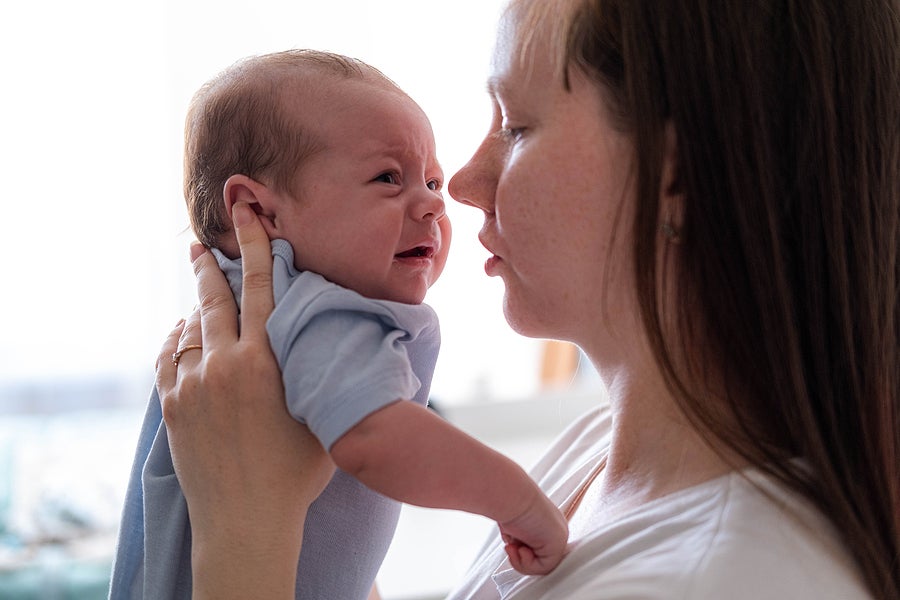Over the last several months, we’ve seen the Biden Administration approve more than half of states to extend postpartum Medicaid coverage for one year after the end of pregnancy. Congress too has also considered proposals to require all states to offer 12 months of postpartum Medicaid coverage, which many advocates continue to champion to ensure equitable access to coverage for new moms regardless of where they live.
Policymakers are looking to extend postpartum Medicaid coverage period as one way to help reduce the alarming increase in the maternal mortality rate, which significantly increased for all racial and ethnic groups between 2018 and 2021, and is disproportionately highest for Black women. A year of postpartum coverage, instead of the current 60-day cutoff, can also help protect new moms from medical debt and ensure that they have time to seek care for any postpartum health issues they may face, such as postpartum depression, which often does not appear until six months or more after the baby is born.
The ongoing COVID-19 public health emergency’s continuous coverage protection, in effect, is allowing all Medicaid-covered postpartum women and other people the ability to experience what would happen if 12 months of postpartum coverage was mandatory. Fully unpacking how it’s working and what we know about its benefits for new moms and their families will take a long time, (see here for a more detailed explanation). But a few early findings give us big hints.
Recently released CMS data showed that the pregnant women eligibility group continued to see the greatest percentage increase in enrollment of any category, with roughly 64% more (652,000) beneficiaries in the pregnant eligibility group in April 2022 as compared to February 2020. The pace of growth signals that the continuous enrollment protection is filling a gap for postpartum women.
Before the disenrollment freeze took effect, coverage in Medicaid ended just 60 days after the end of pregnancy, and about 45 percent of those women became uninsured according to the Congressional Budget Office. This cutoff is especially severe in states without Medicaid expansion, where income eligibility for Medicaid coverage for non-pregnant adults is extremely low, on average about $10,000 per year for a family of three. When the public health emergency’s coverage protections end, it will be these low-income new moms who will again lose coverage just two months after delivery, unless their states take up the extended postpartum coverage option or Congress acts to require states to do so.
On the utilization side, the early results are even more compelling. A study analyzing Medicaid claims from the Parkland Community Health Plan (a Texas Medicaid Health Maintenance Organization) before and after implementation of the pandemic-related Medicaid extension, researchers found that women who gave birth between March and December of 2020 used twice as many postpartum services, 10 times as many contraceptive services and 37 percent fewer services for subsequent pregnancies within the first-year postpartum, compared to the pre-pandemic control group.
The researchers suggest that the “increased access to contraceptive services associated with postpartum Medicaid extension might contribute to decreasing the incidence of short interval pregnancies, a known risk factor for poor maternal and infant health outcomes.”
They also found that postpartum women and other people who had extended coverage used three times the number of mental health and substance use disorder services and were much more likely to seek preventive care when they had coverage in the postpartum period, compared to the pre-pandemic group. This increase in care utilization is especially striking, given that the data comes from the early pandemic period when health care utilization dropped dramatically in general.
This Texas data reflects anecdotal evidence from new parents and their doctors about how they’ve been able to continue to fill prescriptions for diabetes or other chronic conditions, access mental health care services for postpartum depression or continue to access family planning services during the pandemic’s continuous coverage period. However, confusion about whether people are in fact covered has likely dampened utilization of care in some places.
Evidence on the effectiveness of the postpartum coverage extension will continue to roll in for some time–the NIH recently awarded five-year grants to researchers to address these questions–but the early results suggest that extended postpartum coverage increased utilization of critical care and helped women and other people stay covered during an important time for themselves and their growing family.
With more than half the states extending the option, policymakers in Congress and in the holdout states have a choice as they consider returning to normal operations at the end of the public health emergency: learn from a bright spot of the COVID-19 pandemic and set a new national standard of 12 months of postpartum Medicaid coverage, or return to a policy that cuts off women’s access to health care just two months after delivery.
Editor’s note: To maintain accuracy, CCF uses the term “women” when referencing statute, regulations, research, or other data sources that use the term “women” to define or count people who are pregnant or give birth. Where possible, we also add more inclusive terms in recognition that not all individuals who become pregnant and give birth identify as women.


